The History of Playing Cards
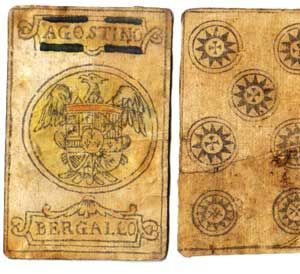
Agostino Bergallo
Agostino Bergallo Spanish pattern made for South American countries
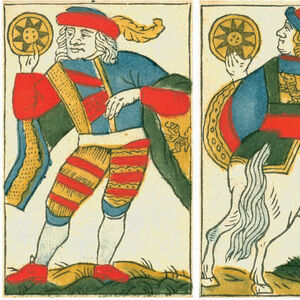
Anonymous Spanish Suited pack, c.1760
Anonymous archaic Spanish suited pack, c.1760.
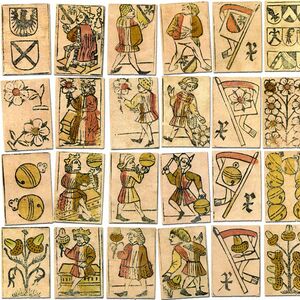
Antique Swiss Playing Cards, c.1530
The Swiss national suit system of shields, acorns, hawkbells and flowers originated sometime during the fifteenth century.
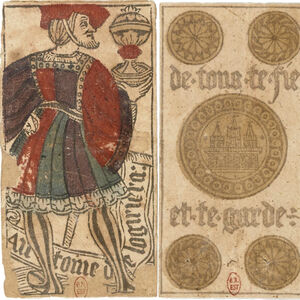
Antoine de Logiriera
Archaic Spanish-suited playing cards published in Toulouse by Antoine de Logiriera (1495-1518).
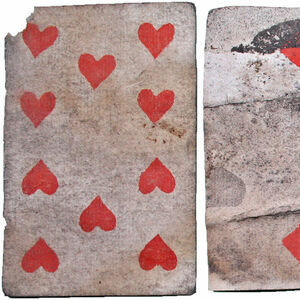
Archaeological find: old playing cards under the floorboards
The municipal archaeological service in Dordrecht (Netherlands) recently found some antique playing cards under the floorboards inside an old public bar.
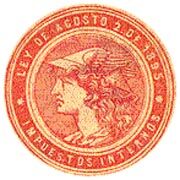
Argentina Tax Stamps on playing cards 1895-1968
Argentina Tax Stamps on playing cards 1895-1968
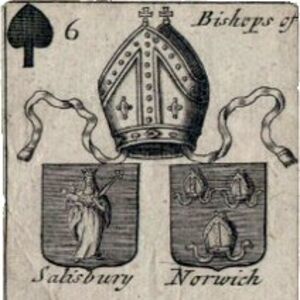
Arms of English Peers
The Arms of English Peers playing cards were first published in 1686. Heraldry, or a knowledge of the arms and blazons of royalty was an important part of a respectable education.
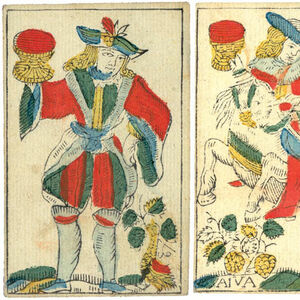
Baraja Carlos IV by Félix Solesio, 1800
Baraja Carlos IV, Félix Solesio en la Real Fábrica de Macharaviaya, 1800.
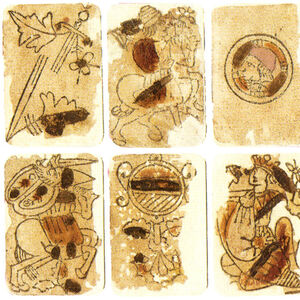
Baraja Morisca — Early XV century playing cards
Primitive Latin suited pack, dated by paper analysis as early XV century, which makes this one of the earliest known surviving packs of playing cards.
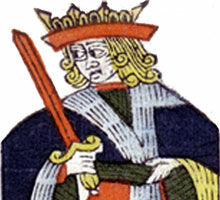
Benoist Laius
Spanish playing cards such as these were used in those parts of France where certain games were enjoyed, such as Aluette.
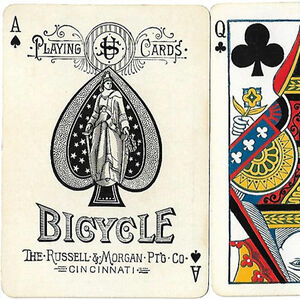
Bicycle Playing Cards, 1st edition
1st edition of famous Bicycle Playing Cards printed by Russell & Morgan Printing Co., Cincinnati, 1885.
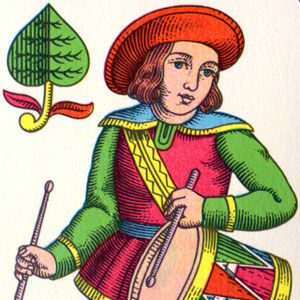
Bohemian Pattern
The Bohemian Pattern, sometimes called the Prager Pattern, has roots in the 16th century.
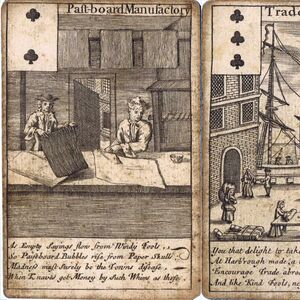
Bubble Cards, 1720
Bubble Cards - known as “All the Bubbles”, c.1720.
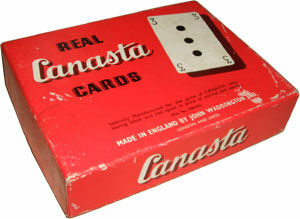
Canasta
Canasta is a card game of the Rummy family which originated in Uruguay probably about 1947
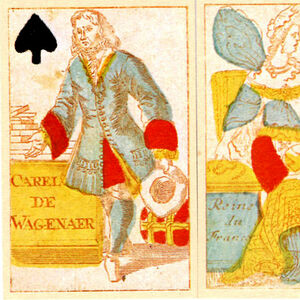
Carel de Wagenaer
Facsimile edition of cards first published by Carel de Wagenaer, Amsterdam in c.1698
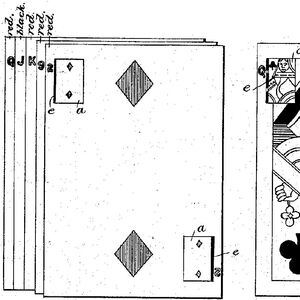
Corner Indices
Corner Indices were a major innovation in playing card production.

Cotta Transformation playing cards
In 1804, J.G. Cotta, a publisher and bookseller in Tübingen, Germany, produced the first set of transformation cards that was published as an actual deck of playing cards.

Cribbage Board Collection part 2
A collection of antique and vintage Cribbage Boards by Tony Hall, part 2

Cries of London
The cards were printed from copper plates, with the red suit symbols being applied later by stencil. The court cards contain interesting miniature versions of the standard full-length figures used on playing cards at the time

Das Kupferstichspiel des I.M.F. von 1617
Playing cards had been made as precious objects for wealthy clients since the late 14th century. They were made to look at, admire and to keep in curiosity cabinets, or perhaps to entertain ladies or educate children rather than to play with.


